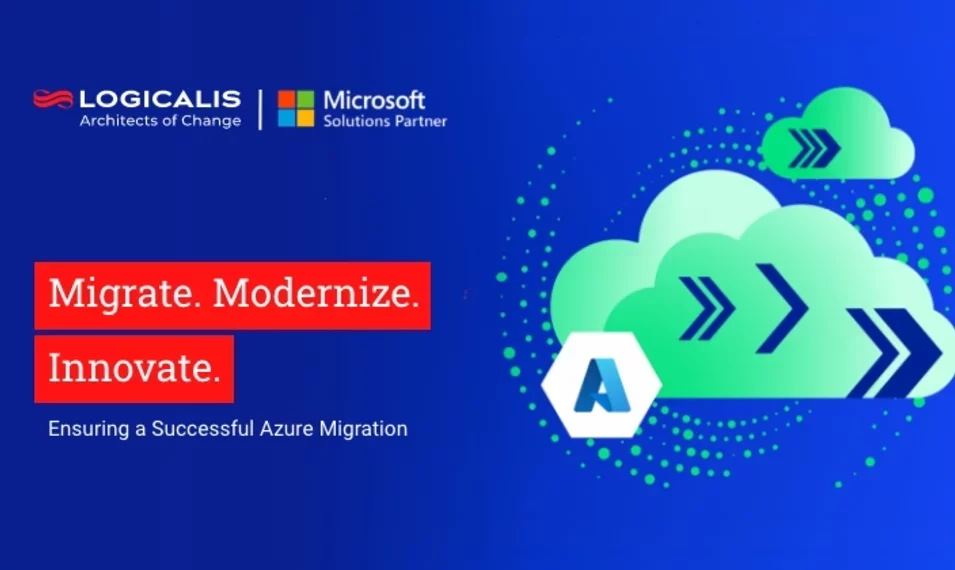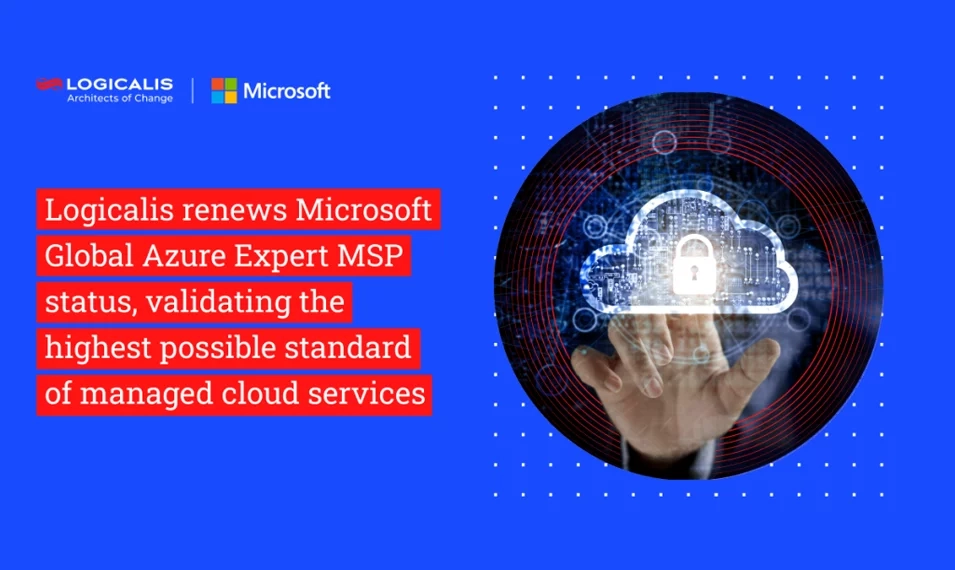
USA, Sep 12, 2022
According to VMware, an industry leader in multi-cloud management, these trends clearly indicate that the era of multi-cloud has arrived.
It is not hard to see why.
Using multiple cloud providers enables organizations to deliver modern apps at the speed of business, operate freely from edge to cloud, drive rapid business transformation, accelerate business outcomes, and more.
There is a caveat, however – the deeper an organization dives into the multi-cloud world, the more complexity they face.
Cloud complexity is caused by a range of factors, including the demands of modern apps, regional compliance requirements, and the distribution of customers, employees, applications, and infrastructures. These complications can quickly add up to hinder business growth, innovation, digital transformation, and even an organization’s ability to deliver its core products and services.
Fortunately, however, the right strategy, multi-cloud management solution, and operating model can turn that complexity into a source of strategic advantage.
From a Multi-Cloud Strategy to a Multi-Cloud Operating Model
A cloud strategy can streamline development, operations, networking, and security across the multi-cloud environment, enabling teams to support and drive critical business outcomes, such as app modernization and digital transformation.
To achieve these aims, it is necessary to define and implement a multi-cloud strategy, a set of multi-cloud services, and a cloud management platform that turns multi-cloud from a source of complexity into a source of strategy.
Multi-Cloud Needs a Modern Approach
Addressing multi-cloud complexity often begins with a layer of abstraction that spans across cloud platforms, enables horizontal development and operations, and provides unfettered access to each cloud provider’s service portfolio.
Abstraction is therefore the first step towards an approach that unifies the multi-cloud environment.
With this layer, developers can write in their preferred framework, operators can manage apps and container infrastructure in the same way for every cloud, and security teams can apply policies consistently across apps and clouds.
The business, as a result, can realize marked improvement in app performance, efficiency, and security.
Abstraction alone, however, does not solve the challenge of building, managing, governing, and optimizing apps and workloads across clouds.
This is where multi-cloud services come in.
Multi-Cloud Services
Multi-cloud services provide an abstraction layer that integrates with and complements the functions of native cloud services.
There are several common functions that organizations seek to standardize across clouds:
- Application services accelerate innovation by standardizing core services, such as observability, replication, backup, and restore.
- Infrastructure services improve app and server resiliency, security, interoperability, performance, and portability by delivering consistent Infrastructure as Code (IaC) across cloud environments.
- Security services boost the security posture by delivering security and networking as a built-in distributed service across users, apps, devices, and workloads in any cloud.
- End-user services provide the correct level of role-based access to apps and data across clouds with services such as virtual desktops, mobile device management, and end-user app delivery.
- Data plane services enables organizations to make applications and data analytics services available in a multi-cloud data plane.
Multi-cloud services can reduce operational overhead, free developers to use the same skills across multiple cloud platforms, improve observability at all layers, and enhance the organization’s security posture.
Maximizing a Cloud Strategy with a Cloud Operating Model
A cloud operating model, such as the VMware Cloud Operating Model, provides a single framework that unites business, application, and cloud strategies. Such a model can support, accelerate, and enable a wide variety of business outcomes.
The cloud operating model, in turn, evolves continually, bringing people, processes, and technology together around the cloud strategy, with the aim of moving towards frictionless, on-demand, self-service operations.
A few benefits of a cloud operating model include:
- Faster IT response times
- Increased business value and service quality
- Decreased risk associated with multi-cloud adoption
- Tighter collaboration between business and IT
- A consistent layer of control and governance across clouds
- The ability to optimize costs across multiple clouds
Effectively executed, a cloud operating model can also help IT teams simplify and avoid many of the barriers associated with cloud complexity.
Achieving these benefits, however, depends on having a cloud management solution with the right capabilities.
Take Control of the Multi-Cloud Environment
Solutions such as VMware Aria provide a multi-cloud management portfolio of end-to-end solutions for managing the cost, performance, configuration, and delivery of infrastructure and cloud-native applications across any cloud.
Formerly known as VMware vRealize and CloudHealth, VMware Aria has been purpose-built to make multi-cloud complexity invisible, and it offers all of the capabilities IT teams need to bring people, processes, and technology together for consistent service delivery, operations, and governance, across all clouds.
Logicalis, a VMware Premier Partner, possesses a deep understanding of VMware technology. Through our Managed and Professional Services, we use VMware to help customers simplify their IT environments, maximize their IT investments, drive digital transformation, and run their IT infrastructures at peak performance. If you would like to learn more about VMware, our solutions, and how to implement a cloud operating model, get in touch today to schedule a free executive consultation.

 According to VMware’s framework, the business strategy drives the application strategy, which drives the cloud strategy, which drives the cloud operating model.
According to VMware’s framework, the business strategy drives the application strategy, which drives the cloud strategy, which drives the cloud operating model.










































